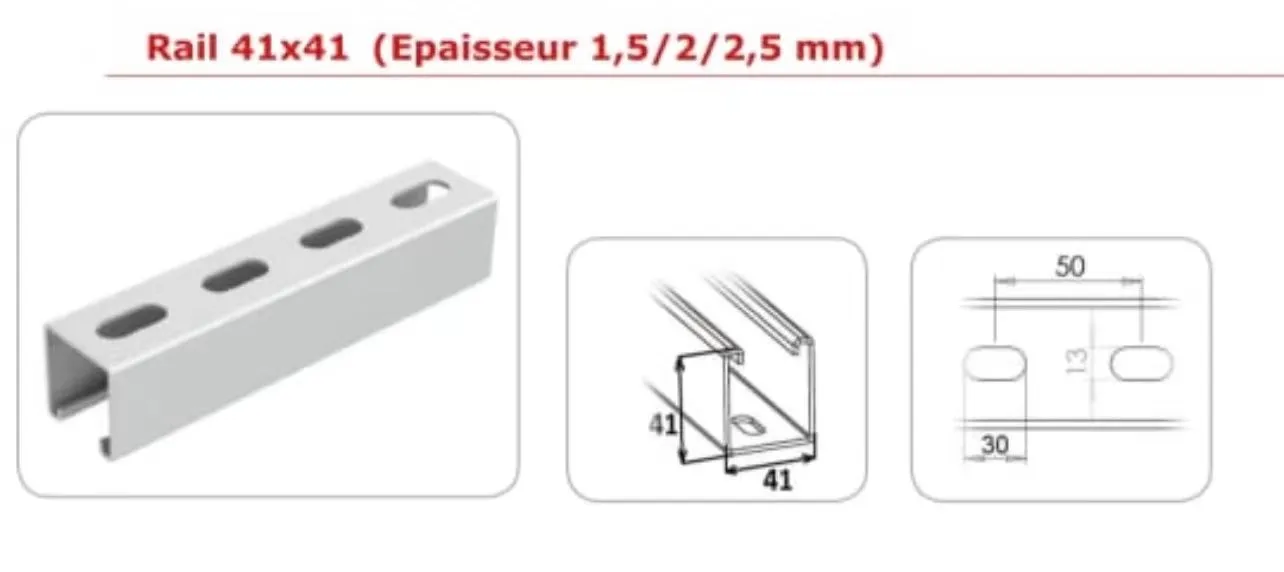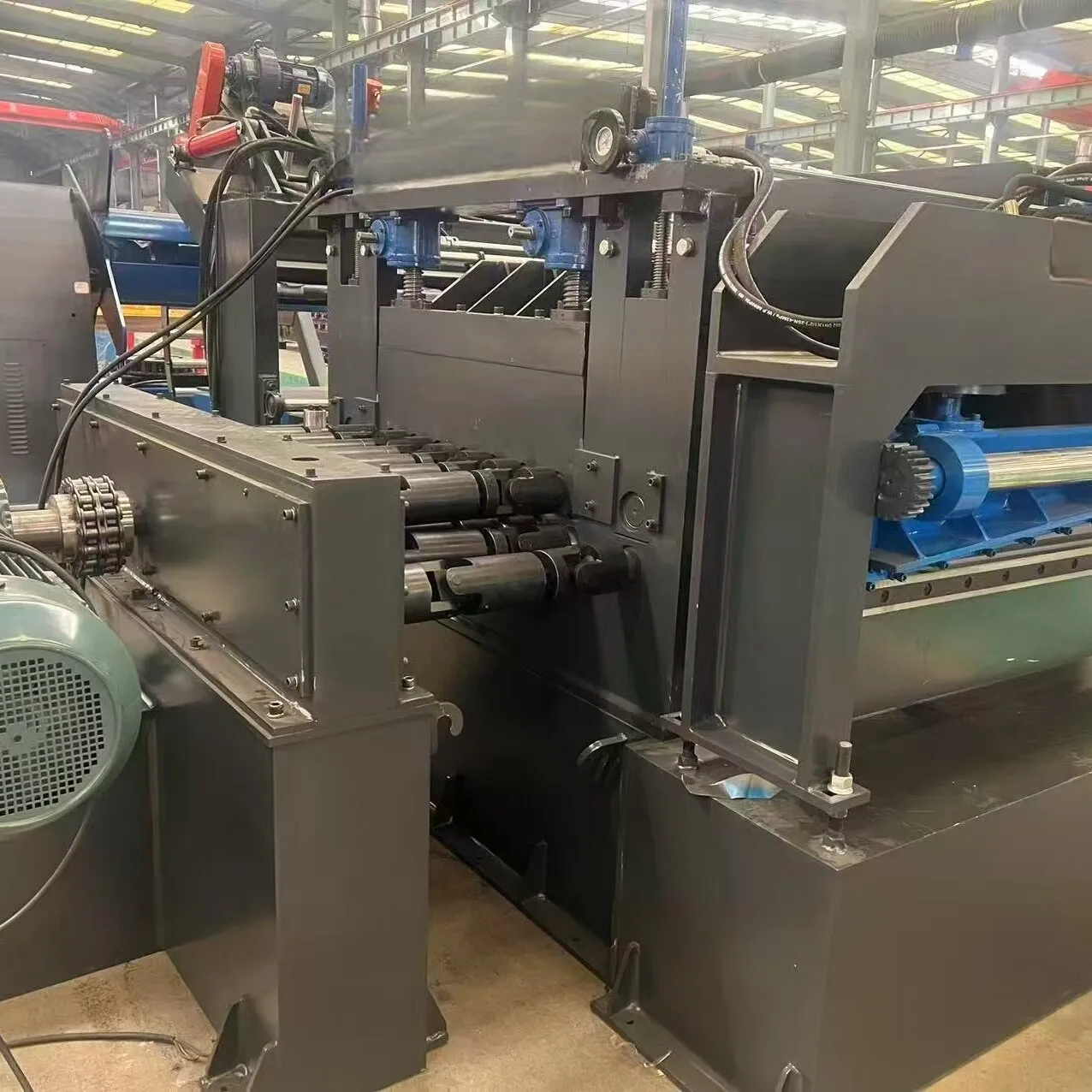High-Efficiency Rock Wool Sandwich Panel Machine Automated Roll Forming Line Manufacturer
- Introduction to Rock Wool Sandwich Panel Machine
- Market Data and Growth of Rock Wool Sandwich Panel Roll Forming Machinery
- Technical Advantages and Key Features
- Comparative Analysis of Leading Manufacturers
- Customization and Tailored Line Solutions
- Success Stories and Application Cases
- Conclusion: The Strategic Role of Rock Wool Sandwich Panel Machine

(rock wool sandwich panel machine)
Introduction to Rock Wool Sandwich Panel Machine
Rock wool sandwich panel machine technology represents a pivotal advance in the global prefabricated construction sector. As demand for energy-efficient, fire-resistant, and durable building materials surges, rock wool sandwich panel production lines have become the backbone of modern panel manufacturing. These automated assembly lines integrate precise dosing, high-pressure lamination, and advanced roll forming, resulting in sandwich panels optimized for large-scale industrial, commercial, and residential projects. The investment in such machinery is driven by a growing market that seeks superior thermal insulation, efficient installation, and minimized lifecycle costs. Understanding the evolution and application of this equipment is essential for manufacturers aiming to capitalize on new construction trends and regulatory requirements.
Market Data and Growth of Rock Wool Sandwich Panel Roll Forming Machinery
According to industry analysis, the global sandwich panel market was valued at USD 12.7 billion in 2021 and is forecasted to reach USD 18.6 billion by 2027, with a CAGR of 6.8% (Source: MarketsandMarkets). Rock wool sandwich panels account for nearly 30% of this market share due to their superior fire resistance and acoustic properties. The demand for rock wool sandwich panel roll forming machines is rising, particularly in regions pursuing stricter building insulation codes.
Key Growth Drivers:
- Stringent fire safety regulations in Europe and Asia-Pacfic markets
- Accelerating pre-fabrication trends in industrial and commercial construction
- Increased investments in logistics centers, cleanrooms, and cold storage where thermal and fire ratings are vital
- Government subsidies on energy-efficient building solutions
| Region | Market Share (%) | Annual Growth Rate (%) | Main Application Segment |
|---|---|---|---|
| Europe | 35 | 7.2 | Industrial & Commercial Buildings |
| Asia-Pacific | 27 | 8.1 | Warehousing & Prefab Houses |
| North America | 20 | 6.4 | Cold Storage & Cleanrooms |
| Middle East & Africa | 10 | 5.0 | Industrial Construction |
| Latin America | 8 | 5.3 | Retail & Commercial Projects |
Technical Advantages and Key Features
Modern rock wool sandwich panel line configurations combine several critical process steps in a streamlined workflow. Starting with unwinding and roll forming of galvanized steel coil, the continuous production line is harmonized with high-precision rock wool feeding, automatic gluing, precise lamination, and cross-cutting systems.
- Thermal & Acoustic Performance: Rock wool core density typically ranges from 90-150kg/m3, achieving thermal conductivity as low as 0.036 W/m·K and reducing sound transmission by up to 40dB.
- High-Speed Output: Top systems deliver up to 6 meters/minute production speed, maximizing project turnaround and reducing operating costs.
- Advanced Automation: PLC controls, touch-screen HMIs, and in-line quality control sensors ensure product consistency and reduce manpower requirements by up to 40% compared to traditional assembly methods.
- Compatibility: Multi-format rollers allow for easy switching between wall, roof, and custom panel profiles, supporting thicknesses from 50mm to 200mm and effective panel widths of 950mm–1200mm.
- Energy Efficiency: Servo-driven systems and intelligent heating/cooling minimize power consumption, enabling environmentally sustainable operations.
A rigorous focus on precision and integration throughout the rock wool sandwich panel roll forming machine’s design ensures end products meet demanding international fire, acoustic, and insulation standards.
Comparative Analysis of Leading Manufacturers
A thorough assessment of major global suppliers reveals significant variation in performance, customization options, and support services. OEMs are distinguished by engineering excellence, innovative software integration, and remote diagnostic capabilities. Below is a comparative data table of four representative manufacturers based on industry benchmarks:
| Brand | Max. Production Speed (m/min) | Panel Thickness Range (mm) | Automation Level | Global Support Network | Warranty (Years) |
|---|---|---|---|---|---|
| Company A | 6.0 | 50–200 | Full PLC + Remote Diagnostics | Europe, Asia, North America | 3 |
| Company B | 5.5 | 40–150 | PLC + Manual Adjustment | Europe, Middle East | 2 |
| Company C | 4.0 | 60–150 | Semi-Automatic | Asia-Pacific, Africa | 1 |
| Company D | 5.0 | 50–120 | Manual Controls | Americas | 1 |
Selection depends on operational priorities: high output, versatility, advanced user interfaces, or proximity of service teams. Reliable after-sales support and rapid spare part delivery remain critical considerations for maximizing production uptime.
Customization and Tailored Line Solutions
The flexibility to tailor rock wool sandwich panel production lines to diverse client needs has become a defining competitive edge. Customization encompasses several elements:
- Panel Geometry: Custom-engineered rollers and pressing modules accommodate unique profiles, including concealed-fix, corrugated, and architectural finishes.
- Automation Add-ons: Integration of robotic stackers, in-line embossing, automatic film applicators, and advanced lamination for hybrid core materials.
- Throughput Scalability: Modular expansion allows future upgrades, such as doubling infeed stations or synchronizing dual cutting systems.
- Digitalization: Control software offers real-time monitoring, recipe storage, and IoT features for process optimization, preventive maintenance, and remote troubleshooting.
- Energy & Environmental Solutions: Efficient dust collection and waste recycling systems can be configured to meet client sustainability goals and local compliance needs.
Expert engineering consultation enables every rock wool sandwich panel machine
to match factory layout, local supply chain realities, and end-product specification needs while ensuring regulatory compliance.
Success Stories and Application Cases
Rock wool sandwich panel lines are transforming project outcomes across industry sectors. Here are a few representative success stories demonstrating machinery versatility and reliability:
- Cleanroom Manufacturing Facility, Japan: The integration of a fully automated rock wool sandwich panel machine enabled a pharmaceutical company to construct a 20,000m2 ISO-7 cleanroom in just 90 days – a 35% faster build time. Strict temperature and contamination requirements were achieved via panels with 120kg/m3 density rock wool core.
- Logistics Warehouse, Germany: A leading logistics provider reduced annual energy consumption by 17% after retrofitting its 50,000m2 distribution center with panels produced on a new roll forming line, achieving U-values of 0.30 W/m2K and complying with EN 13501-1 fire standards.
- School Construction, Middle East: Deploying a mobile panel production line enabled rapid assembly of five schools in remote locations. The machine’s on-site operation ensured material reliability, minimized logistics cost, and reduced the project carbon footprint by 14%.
- Cold Storage Facility, Brazil: A food distributor leveraged high-speed continuous line production to deliver custom wall and roof panels, supporting -30°C cold room operation. Integrated in-line quality control maintained dimensional tolerances of ±1mm across all supplied panels.
These projects validate the wide-ranging benefits of adopting advanced rock wool sandwich panel machines, with outcomes reflecting faster project delivery, long-term energy savings, and enhanced safety.
Conclusion: The Strategic Role of Rock Wool Sandwich Panel Machine
The evolution of rock wool sandwich panel machine technology marks a strategic inflection point for manufacturers aiming to increase competitiveness in the construction space. With rising demands for safety, energy efficiency, and sustainability, investment in advanced production lines enables not only direct cost reduction but also alignment with global trends in modular construction and green building. Decision-makers should prioritize holistic solutions that integrate robust automation, tailor-made engineering, and future-ready digitalization. The rock wool sandwich panel line stands as a catalyst for project agility, long-term operational reliability, and strong value creation across markets and applications.

(rock wool sandwich panel machine)
FAQS on rock wool sandwich panel machine
Q: What is a rock wool sandwich panel machine?
A: A rock wool sandwich panel machine is equipment used to manufacture insulated sandwich panels with rock wool as the core material. These panels are widely used for building walls and roofs due to their fire-resistant and thermal properties. The machine integrates rock wool lamination and panel forming in one production line.
Q: What does a rock wool sandwich panel roll forming machine do?
A: This machine forms the metal face sheets and combines them with rock wool to create sandwich panels. It uses a roll forming system to ensure precise shaping and consistent panel quality. The roll former is a critical part of the entire production line.
Q: What is included in a typical rock wool sandwich panel line?
A: A typical line includes metal coil feeding, roll forming, rock wool inserting, glue application, laminating, and cutting systems. It is a fully automated system for efficient and continuous panel production. The complete line ensures accuracy and high production speed.
Q: What are the main advantages of using rock wool sandwich panel machines?
A: These machines provide high-efficiency production and consistent panel quality. The panels offer excellent fire resistance, sound insulation, and thermal performance. Automated systems reduce labor costs and improve manufacturing precision.
Q: Can the rock wool sandwich panel machine produce panels of different sizes?
A: Yes, most modern machines allow adjustment of length and thickness according to project requirements. Width is typically fixed but can be changed with specific machine models. This flexibility suits various construction needs.
